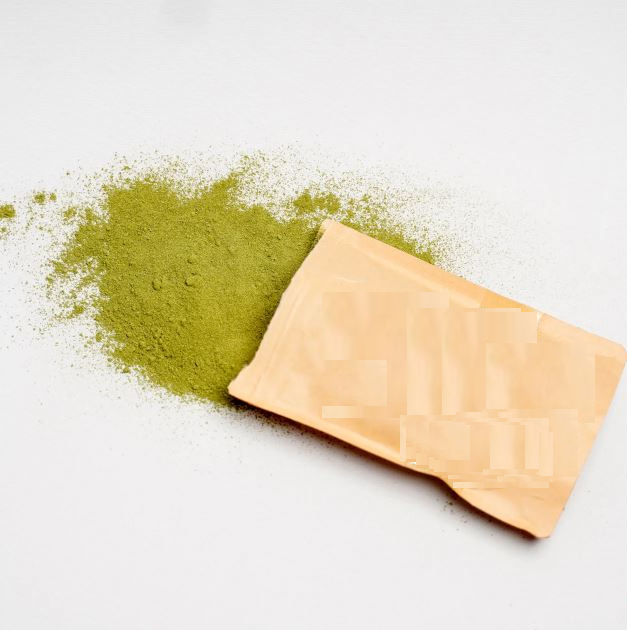In an era where environmental sustainability is more crucial than ever, the quest for eco-friendly packaging solutions has become a global priority. Amidst various innovations, Moringa Oleifera, widely celebrated for its nutritional and medicinal benefits, is emerging as a surprising but potent ally in the development of sustainable packaging. This article explores the transformative potential of Moringa in the packaging industry, highlighting its eco-friendly properties, applications, and the positive impact on our planet's health.
Moringa: A Green Solution to Packaging Woes
The Environmental Challenge of Traditional Packaging
The world is facing a global crisis of plastic pollution and packaging waste. According to a report by the United Nations, over 300 million tons of plastic waste are generated every year, and a significant portion of this waste ends up in our oceans, harming marine life and ecosystems. Traditional packaging materials like plastic, paper, and metal also contribute to the depletion of finite resources like fossil fuels, wood, and water. The overconsumption of these resources has led to environmental degradation and an urgent need for sustainable packaging alternatives.
Moringa's Role in Eco-Friendly Packaging
Moringa, a fast-growing, drought-resistant tree, has emerged as a promising solution to reduce waste and pollution caused by traditional packaging materials. Moringa can be processed into biodegradable materials like bioplastics, which have similar properties to conventional plastics but are made from renewable resources. Bioplastics made from Moringa are biodegradable, compostable, and can be used for various applications like food packaging, bags, and cutlery.
Apart from being biodegradable, Moringa is also a renewable resource that requires low inputs to grow. It can grow in arid and semi-arid regions, making it an ideal crop for smallholder farmers in developing countries. Additionally, Moringa leaves are rich in nutrients and can be used for various purposes like food, medicine, and cosmetics.
Innovations in Moringa-Based Packaging
Development of Moringa-Based Bioplastics
Research Breakthroughs: Present current research efforts focused on converting Moringa into bioplastics, detailing the processes and potential applications.
Benefits Over Conventional Plastics: Compare the environmental impact of Moringa-based bioplastics with traditional plastics, emphasizing advantages in biodegradability and resource sustainability.
Moringa in Paper and Cardboard Production
Sustainable Paper Solutions: Discuss how Moringa fibers can be utilized in creating paper and cardboard, reducing reliance on tree-based materials.
Enhanced Durability and Eco-Friendliness: Highlight the strength and durability of Moringa-based paper products, alongside their compostable nature.
Overcoming Challenges: Paving the Way for Moringa Packaging
Scaling Production and Market Adoption
Technological Advancements: Address the need for technological innovations to efficiently process Moringa into packaging materials at a commercial scale.
Consumer Awareness and Demand: Discuss strategies to increase consumer awareness of Moringa packaging and drive demand for sustainable packaging solutions.
Regulatory and Economic Considerations
Certification and Standards: Explore the importance of establishing standards and certifications for biodegradable packaging to ensure environmental claims are verified.
Cost-Effectiveness: Analyze the economic challenges and potential cost benefits of Moringa-based packaging compared to conventional materials.
The Future of Packaging: Moringa's Sustainable Promise
Collaborative Efforts for a Greener Future
Industry Partnerships: Highlight the role of partnerships between research institutions, startups, and established companies in advancing Moringa packaging technologies.
Global Impact: Envision the global implications of widespread adoption of Moringa-based packaging, from reduced pollution to enhanced biodiversity.
Embracing Circular Economy Principles
Waste Reduction: Detail how Moringa packaging aligns with circular economy goals by minimizing waste and promoting a loop of continuous use and recycling.
Socio-Economic Benefits: Discuss the potential for Moringa packaging initiatives to create jobs, support sustainable agriculture, and empower communities.
Conclusion:
Moringa Oleifera's journey from a nutrient-rich plant to a key player in sustainable packaging underscores the vast potential of natural resources in addressing environmental challenges. By harnessing the power of Moringa, we can pave the way for innovative, eco-friendly packaging solutions that contribute to a healthier planet. As we move forward, the integration of Moringa into the packaging industry not only promises a greener future but also exemplifies the incredible impact of sustainable practices on our world's ecological and economic well-being.

